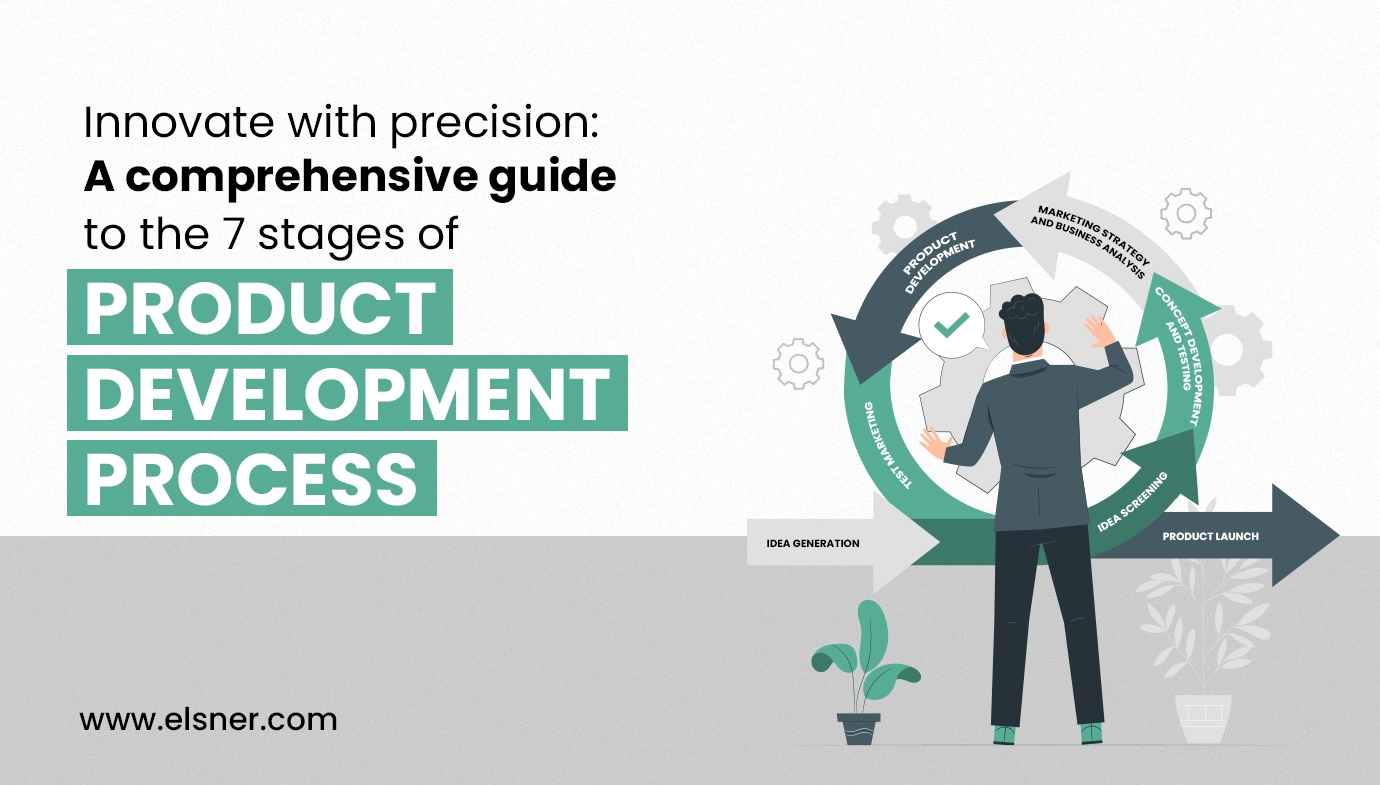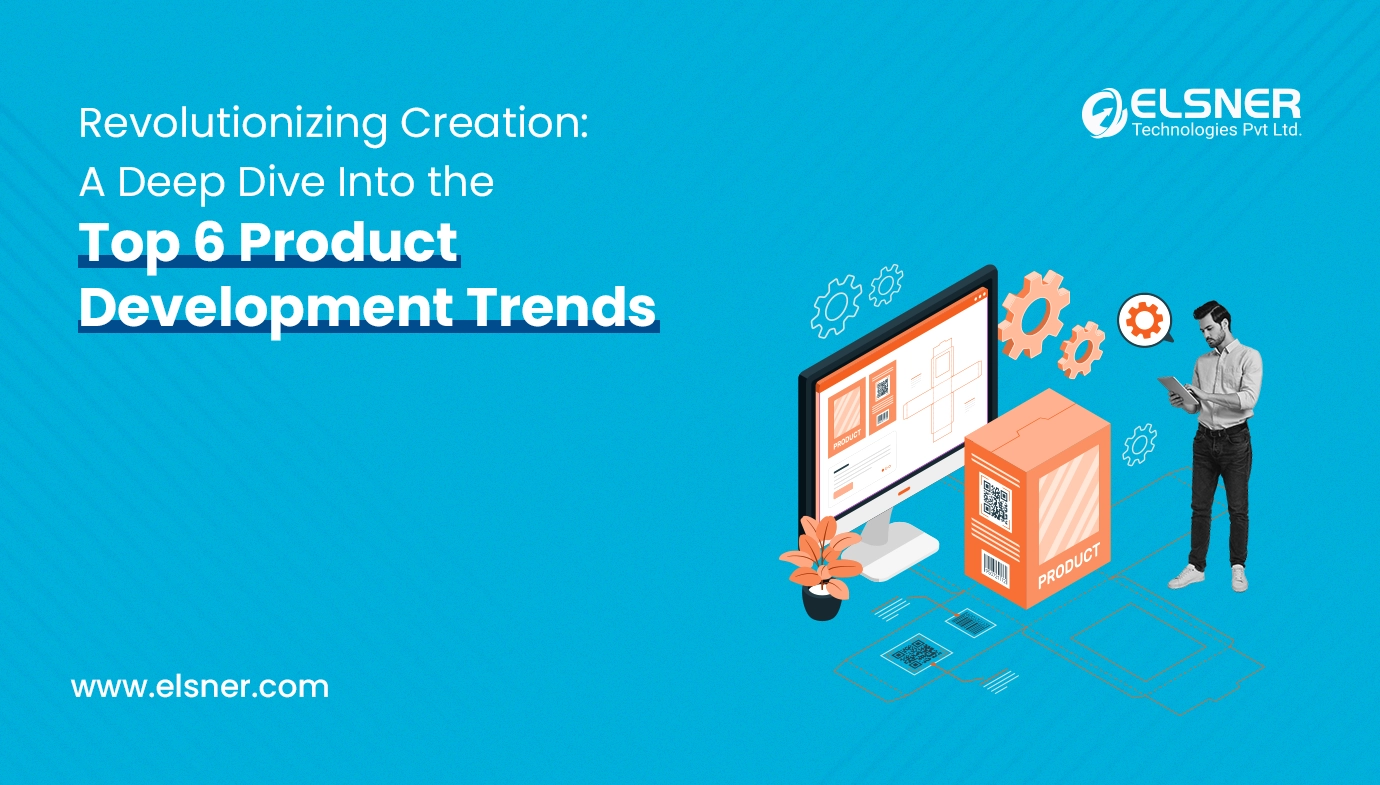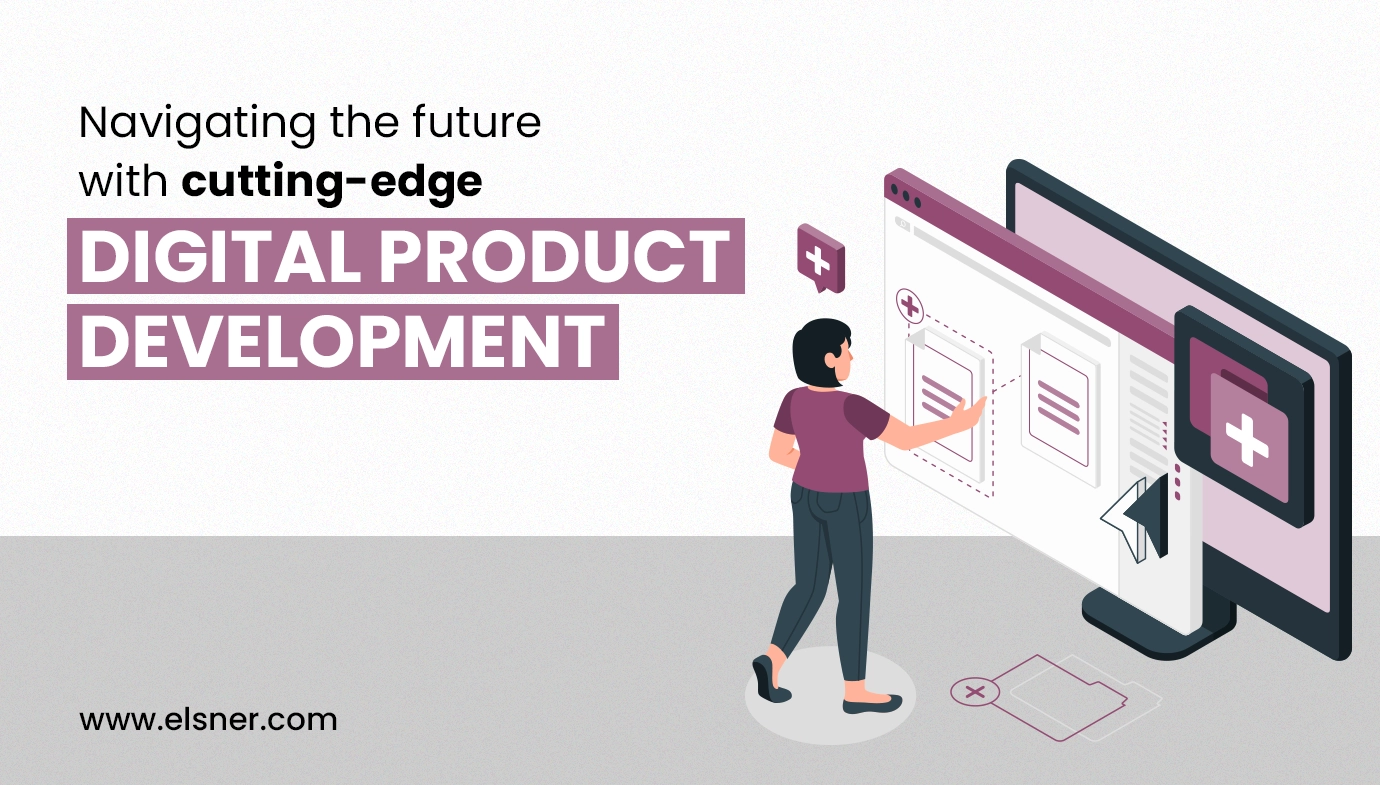- What is Product Development?
- Understanding the Importance of Product Development
- Catering to Unique Customer Needs
- Driving Growth
- Staying Competitive
- Responding to Market Trends
- What are the Key Steps Involved in the Product Development Process?
- Stage 1: Ideation
- Stage 2: Conceptualization
- Stage 3: Planning
- Stage 4: Design and Prototyping
- Stage 5: Testing and Iteration
- Stage 6: Manufacturing and Production
- Stage 7: Launch and Marketing
- Final Verdict
Are you planning to reach out to a product development company for your business requirements? If yes, you must first be well aware of the critical stages involved in this process. Well, for this, all that you need is to read this detailed blog post.
Here, we will guide you through the seven critical stages of product development, which include from ideation to launch. So, let’s have a quick look at all the steps to get a better understanding of this:
What is Product Development?
Before discussing the intricacies of the product development process, it becomes essential to know what it refers to. Product development is a systematic and comprehensive process that involves creating, designing, and introducing new products or making improvements or enhancements to existing ones.
So, this process encompasses the overall lifecycle of a product from the initial idea or concept to its launch in the market and beyond. The main goal of product development involves meeting unique customer needs, capitalizing on market opportunities, and ensuring the long-term success and growth of a particular business.
Understanding the Importance of Product Development
Below are discussed some of the major reasons why product development plays a significant role for businesses in the present times:
Catering to Unique Customer Needs
Product development allows businesses to identify and address customers’ changing requirements and preferences properly. By introducing completely new products or improving existing ones, it is possible for companies to stay pertinent in the market.
Driving Growth
Thriving product development can be called a catalyst for business growth. There are multiple benefits that one can reap by introducing new products or entering new markets. A few of these include opening up additional revenue streams, attracting new customers, and contributing to the overall business expansion.
Staying Competitive
In this fiercely competitive business landscape, constant innovation through product development plays a critical role. Businesses focused on regularly introducing new and improved products are more likely to stand out in the competition as it helps differentiate them. It also helps them in capturing a significant market share.
Responding to Market Trends
Companies can quickly respond to emerging market trends through product development. They can proactively adjust their product portfolios to cater to present demands by staying attuned to shifts in customer preferences and behavior.
What are the Key Steps Involved in the Product Development Process?
There are seven main stages of the product development process. Each stage of this procedure plays a vital role in deciding the product’s success. Let’s have a quick look at each of these stages in detail in the following section:
Stage 1: Ideation
- Generating Innovative Product Ideas
The first and most critical stage of the product development process is ideation, which typically involves brainstorming and generating various creative ideas. To come up with a variety of innovative product ideas, you can employ different tactics like brainstorming sessions, creative workshops, etc.
In this regard, it is essential to encourage a free flow of ideas without any form of immediate judgment. In turn, it fosters a culture where creativity can flourish with ease.
- Market Research and Opportunity Identification
Do you know that 89 percent of new products tend to fail in the market within their first five years of launch, mainly because they lack an in-depth customer understanding? So, once the ideas are generated, it is vital to conduct comprehensive market research to identify opportunities and validate concepts.
Other than that, getting good know-how of the market trends, customer preferences, potential gaps in the market, and prospective competitors is also crucial at this particular stage. However, at this stage, make sure to discover opportunities that align well with the company’s capabilities and strengths.
Stage 2: Conceptualization
- Refining Ideas into Feasible Concepts
After the emergence of a promising idea, it is time to refine it into more feasible and concrete concepts. This process generally involves considering different factors. It includes market demand, technical feasibility and alignment with the strategic goals of the organization. In this case, it is essential to address a specific gap or need in the market. In this regard, you can approach a professional product development company.
- Initial Feasibility Analysis
The subsequent step involves carrying out a preliminary feasibility analysis, which helps in evaluating the viability of the chosen concepts. This analysis generally takes into consideration economic, technical, and operational factors that may affect the success of the product. With this, you can make sure that the concepts are worth pursuing. Thus, it assists stakeholders in making well-informed decisions about whether to go ahead with the idea or rethink it.
Stage 3: Planning
- Developing a Comprehensive Product Plan
As a part of this step, you need to craft a detailed product plan that effectively outlines the project scope, timelines, objectives, milestones, and overall strategy. This plan mainly acts as a roadmap for the entire product development procedure. In this regard, clear communication and collaboration are essential for ensuring that everyone stays aligned with the project’s objectives.
- Resource Allocation and Budgeting
Effective resource allocation and budgeting play a vital role during the planning process. So, in this step, you should focus on strategically allocating resources by taking into consideration technology, manpower, and financial resources to ensure that the project stays on track.
It is crucial to develop a realistic budget that effectively outlines the estimated costs for every stage of the product development procedure. Thus, it ensures a smooth progression through the subsequent stages of development.
Stage 4: Design and Prototyping
- Translating Concepts into Tangible Designs
It refers to the stage in which the conceptualized product begins taking shape. This particular stage generally involves transforming refined concepts into tangible product designs. It becomes crucial to collaborate with engineers, designers, and other stakeholders to ensure that the design goes with the initial vision and meets technical requirements.
- Prototyping for Testing and Feedback
The next step involves creating prototypes of the product for testing and feedback. Prototyping facilitates the generation of a preliminary version of the product, which helps evaluate the design’s functionality. It also offers an opportunity for stakeholders and prospective users to provide feedback. Again, this iterative process helps detect potential issues and improvement areas before moving into full-scale production.
For more details on this, you can reach out to a trusted product development agency.
Stage 5: Testing and Iteration
- Conducting Rigorous Product Testing
Testing is a vital stage as it helps validate the product’s durability, performance, and user experience. Rigorous testing aids in detecting any potential concerns along with areas for improvement before the product reaches the market. So, this step may involve beta testing, internal testing with a select group of users, and other quality assurance measures.
- Iterative Refinements Based on Feedback
Based on the feedback and testing outcomes, it is imperative to make iterative refinements to the product design. It may involve making necessary adjustments to materials, features, or other aspects that help improve the product’s overall performance along with user satisfaction. This process continues until the product meets the desired quality standards and is ready for mass production.
Stage 6: Manufacturing and Production
- Scaling Up for Mass Production
After the design has been finalized, the main focus shifts towards manufacturing and production. It typically involves scaling the production process to cater to the continuously shifting market demand.
In this step, it becomes essential to coordinate with suppliers and manufacturers to ensure a smooth transition from prototyping to the mass production stage. Adopting efficient manufacturing practices plays a crucial role in maintaining product quality.
- Quality Control Measures
Now is the time to implement rigorous quality control measures while carrying out the manufacturing process. It includes inspections, testing, and adherence to quality standards to ensure that each unit leaving the production line meets the specified criteria. Following these steps is essential for preventing any kind of defect.
Stage 7: Launch and Marketing
- Strategic Product Launch Strategies
The next step involves planning and executing a strategic product launch. In this regard, you should take into consideration many different factors. Some of these include target audience, timing, and distribution channels. By considering all these factors, it is possible to maximize the impact of the launch.
Not only that, but it also helps in creating a positive initial impression in the market. You can come across a product design services company that can assist you in coming up with the best product launch strategies.
- Marketing Campaigns for Maximum Impact
After that, one should develop and implement effective marketing campaigns that help generate interest, create awareness, and drive sales. Different marketing channels can be used in this stage. It includes traditional advertising, digital marketing, and public relations, which helps the product gain maximum visibility.
Final Verdict
So, it can be said that the product development journey is considered to be a multifaceted process that necessitates meticulous navigation through its seven stages. By following all the critical steps in the product development procedure, businesses can increase the likelihood of creating successful and market-ready products that meet their expectations and unique needs.
Each of the discussed stages tends to play a pivotal role in ensuring the overall success of the product and assists businesses in adapting to shifting market conditions. To come up with the best quality product, you can get in touch with a reputed product development company that is dedicated to offering related services.

About Author
Pankaj Sakariya - Delivery Manager
Pankaj is a results-driven professional with a track record of successfully managing high-impact projects. His ability to balance client expectations with operational excellence makes him an invaluable asset. Pankaj is committed to ensuring smooth delivery and exceeding client expectations, with a strong focus on quality and team collaboration.



